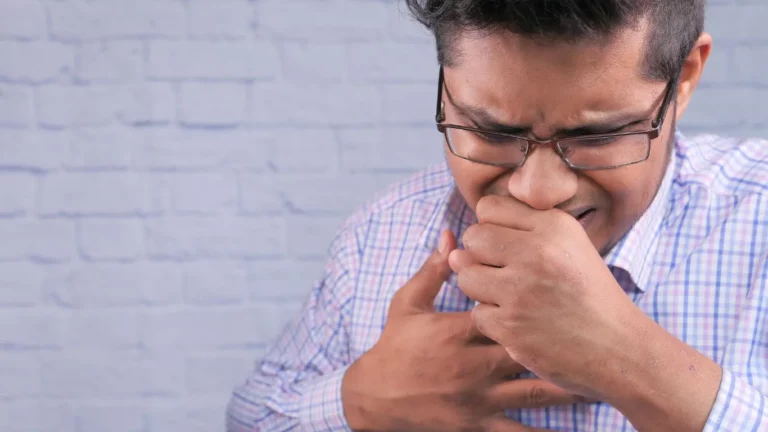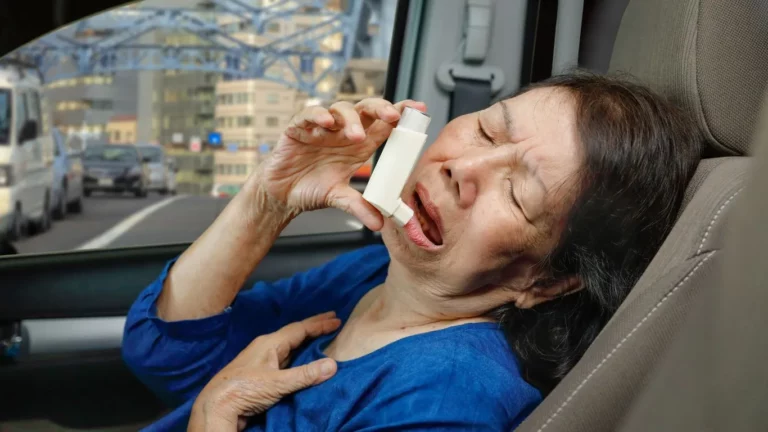Shocking Truth: How Sunlight Helps Regulate Blood Pressure Naturally
It might surprise a lot of my patients when I say this, but spending some time under the sun might actually help regulate blood pressure. Yep, you read that right—sunlight, not just your meds, can play a meaningful role. As an Internal Medicine physician who focuses on hypertension management, I’ve had some intriguing conversations in the clinic about how something as simple as light can influence something as serious as blood pressure. I’ve seen folks light up (pun intended) when they learn that their daily walk outside could be helping more than just their mood. So, let’s talk about the science, the stories, and why it’s not just vitamin D that’s doing all the work.
How Sunlight Helps Regulate Blood Pressure: More Than Just Vitamin D
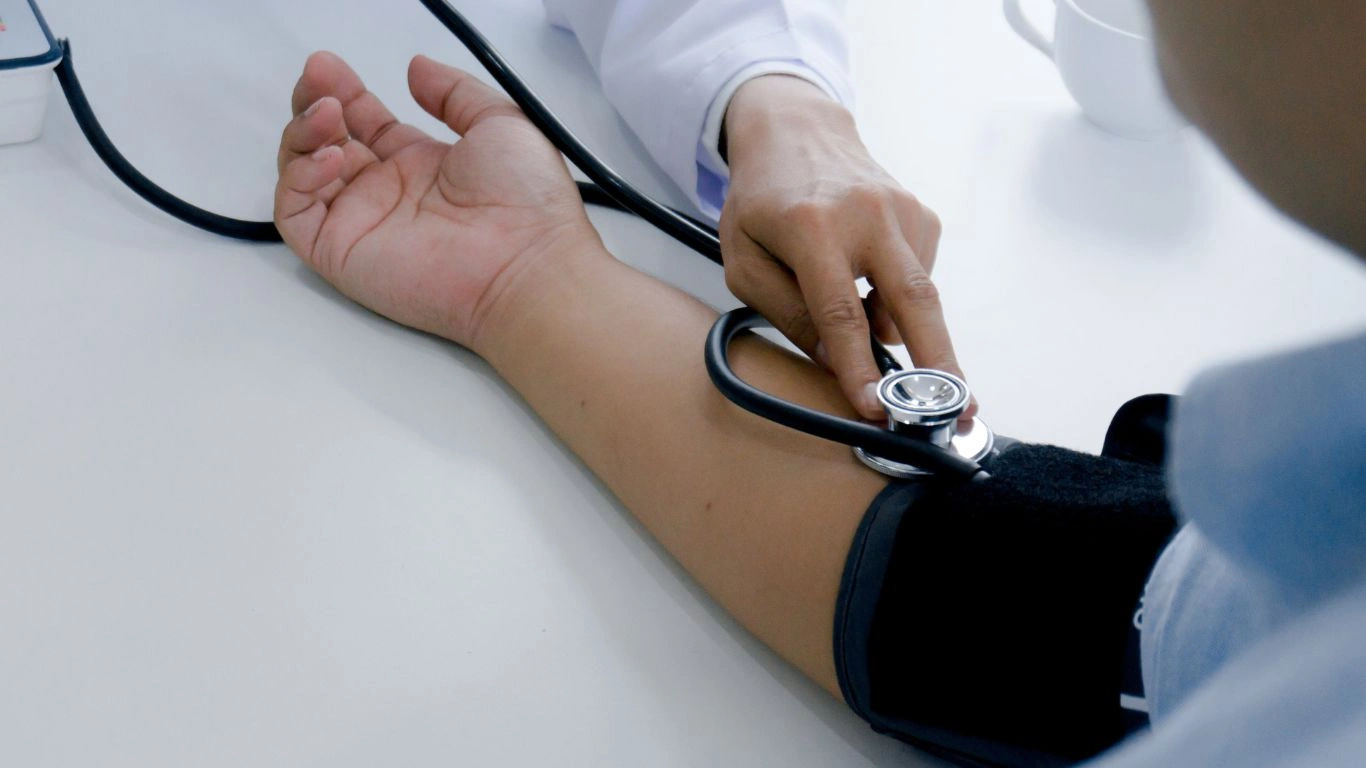
Let’s break down the basics. Most people link sun exposure with vitamin D production, which is definitely important. But when we’re talking about how sunlight helps regulate blood pressure, there’s a lot more going on under the surface—literally. The skin, when exposed to sunlight, triggers the release of nitric oxide. That little molecule helps to relax blood vessels, making it easier for blood to flow and lowering blood pressure naturally. It’s not just theory either—this has been shown in various human studies.
I remember one patient, a 62-year-old retired teacher, who couldn’t quite get her systolic pressure below 145 despite lifestyle changes and two antihypertensive meds. She lived alone, didn’t go out much, and only ventured outdoors late in the afternoon. After a discussion, we added 20–30 minutes of mid-morning sunlight to her routine. Three months later? Her BP dropped to 132/78. She was stunned. And frankly, so was I—though I shouldn’t have been.
It’s Not Just a Walk in the Park (But That Helps Too)
Going outside and catching some rays usually comes with other benefits. You’re walking, moving, and probably breathing in fresh air. That’s a triple win. Here’s where it gets fun: when I ask my patients to add 15-30 minutes of early sun exposure daily, I’m not giving them another chore—I’m inviting them to do something enjoyable and relaxing. And often, it’s the first “prescription” they’ve actually looked forward to following.
- Sunlight triggers nitric oxide release: This causes vasodilation—widening of the blood vessels—reducing blood pressure.
- Boosts vitamin D: Important for cardiovascular health, though indirectly tied to BP regulation.
- Supports circadian rhythms: Getting morning light helps regulate sleep, which impacts blood pressure.
Sunlight and the Skin-Heart Connection
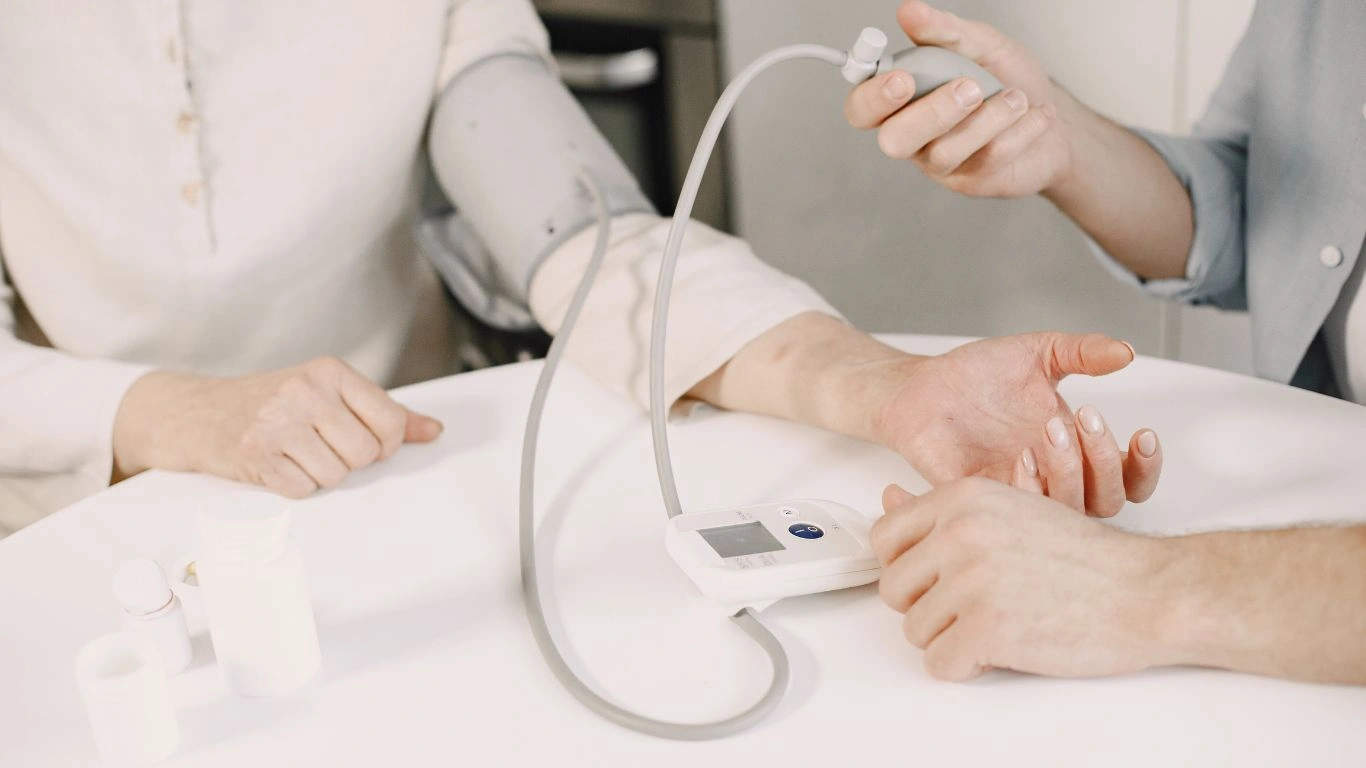
There’s something incredibly powerful about the skin-heart connection. When sunlight hits the skin, it triggers a cascade that isn’t just about warmth or tanning. The skin acts almost like a solar panel—converting UV light into biochemical signals that influence your cardiovascular system. In fact, some researchers have found that people living in sunnier regions generally have lower average blood pressures. Is that coincidence? Maybe a little. But when we control for factors like diet and exercise, sunlight exposure still stands out as a significant variable.
Here’s the fascinating part: even UV-A rays, the ones that don’t produce vitamin D, appear to have this blood-pressure-lowering effect. That means this benefit is separate from our good friend vitamin D. Pretty wild, right?
Is There a Right Dose of Sunlight?
Now, before you go turning your backyard into a tanning lounge, let’s talk balance. I usually recommend early morning sun, around 8 to 10 a.m., for about 20 minutes—arms and face exposed if possible. You don’t need to be out there for hours, and definitely don’t skip the sunscreen for extended exposure. Like all things in medicine, it’s about moderation.
- Start with 10–20 minutes of sunlight each morning.
- Choose open areas (backyard, park, balcony) for better exposure.
- Avoid peak sun (11 a.m. to 3 p.m.) to reduce skin damage risks.
- Combine sunlight with light movement—walking is ideal.
What I’ve Seen in My Practice
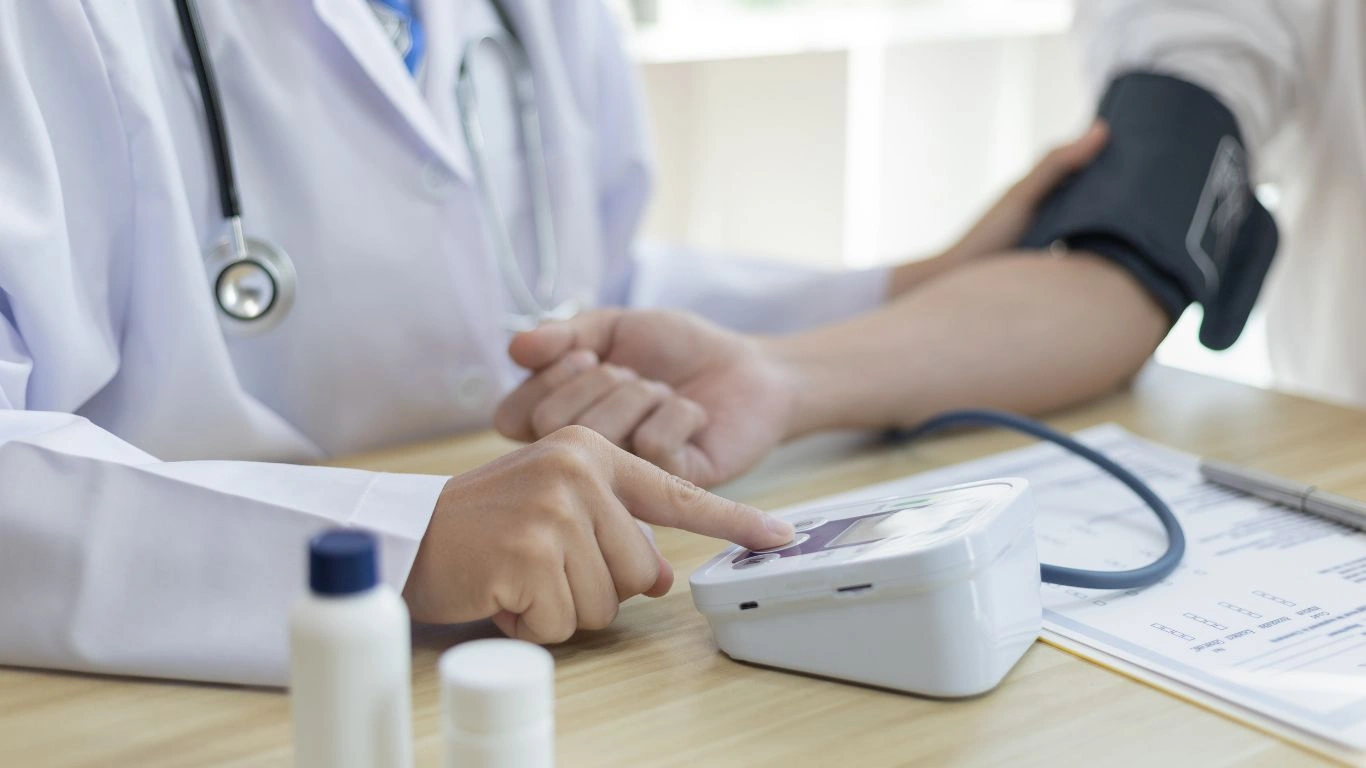
Over the years, I’ve had dozens of patients experience subtle but real improvements in their blood pressure after incorporating more sunlight into their lives. It’s not a miracle cure, and I’m always careful to say that. But when combined with meds, better diet, and regular movement, that daily dose of sunlight becomes a powerful tool. In fact, sometimes I joke that the most underrated antihypertensive on the market isn’t a pill—it’s the sun.
The Surprising Impact of Circadian Rhythms on Blood Pressure

Here’s something I often bring up during check-ups that gets a lot of head tilts: your internal clock—yes, your circadian rhythm—has a huge influence on your blood pressure. Our bodies follow a natural 24-hour rhythm that affects sleep, hormones, and yes, even cardiovascular function. And guess what helps set that clock? Sunlight.
Patients who stay indoors all day, especially older adults or those working night shifts, often have disrupted circadian patterns. That misalignment can mess with cortisol rhythms, heart rate variability, and blood pressure regulation. I’ve had patients who struggled with resistant hypertension, and after simply adjusting their light exposure in the morning, they noticed better sleep, lower anxiety, and more stable readings. That’s not a coincidence—it’s biology.
How Morning Light Exposure Balances Your System
Think of morning sunlight as your body’s reset button. The bright light in the early hours helps suppress melatonin (your sleep hormone) and kickstarts cortisol (your alertness hormone) at the right time. This keeps your blood pressure in its natural rhythm—higher during the day when you’re active and lower at night when you’re resting.
- Consistent sunlight exposure in the morning trains your body to lower nighttime BP, reducing cardiovascular stress.
- Irregular light patterns can cause nocturnal hypertension—often missed unless monitored overnight.
- Better light hygiene = better sleep = better blood pressure regulation.
One middle-aged patient I worked with had borderline high readings for years. After ruling out everything else, we realized he was working in a dark office all day and watching Netflix late into the night. We added a simple fix: 15 minutes of sunlight before breakfast. In 6 weeks, not only did his blood pressure dip below 130/80 consistently, but he also reported feeling “less foggy” and slept better. Win-win.
How Sunlight Complements Lifestyle & Medication

Let’s get one thing straight—I’m not saying sunlight replaces your medication or exercise. But when we talk about managing hypertension effectively, we have to think holistically. And that means recognizing sunlight as one more piece of the puzzle. It’s like the olive oil in a heart-healthy diet—not the main course, but an essential player.
I often guide my patients with an integrated strategy:
- Start your day with 10–20 minutes of natural light exposure.
- Pair that with light movement—walking the dog, watering plants, anything to get moving.
- Maintain consistent sleep and wake times to anchor your circadian rhythm.
- Use medication as prescribed, and adjust only under your physician’s guidance.
- Reduce screen time late at night—it disrupts melatonin and, over time, can nudge BP upwards.
One of my long-time patients, a 70-year-old gardener, gets most of her sunlight tending to her roses in the morning. Her readings? 118/74 last visit—with one low-dose medication. She swears by “sun therapy” and tells her bridge club all about it. And I say, let’s normalize that kind of wellness wisdom.
Are There Risks? Let’s Talk Safe Sun Habits
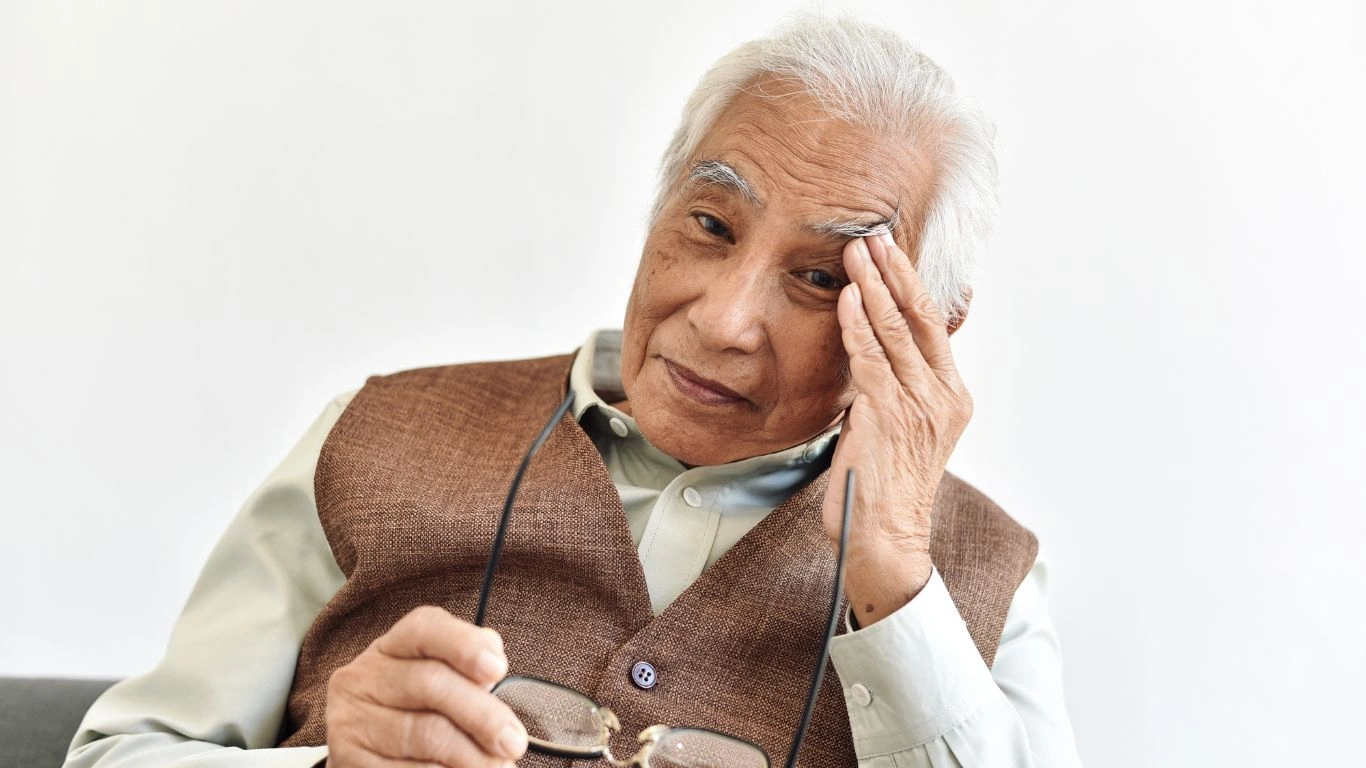
As much as I advocate for sunlight, I’d be remiss not to mention the balance between getting enough and overdoing it. After all, we’re also trying to avoid skin damage, premature aging, and skin cancer. So, safety matters.
- Time it right: Aim for early morning exposure (between 8–10 a.m.) when UV intensity is lower but still effective.
- Keep it brief: 15–30 minutes is usually enough. You don’t need hours to reap the benefits.
- Expose the right areas: Forearms and face are usually enough; no need to sunbathe in swimwear daily.
- Use SPF if out longer: If you’re going to be in the sun more than 30 minutes, especially mid-day, sunscreen is a must.
Also, remember: skin tone plays a role in how much sunlight you need to trigger the nitric oxide and vitamin D pathways. People with darker skin tones might need a little more time outside, while fair-skinned folks might absorb those benefits more quickly. As always, tailor the advice to your personal health needs and consult your healthcare provider.
Bottom line? When I see a patient struggling with stubborn blood pressure and they’re not spending any time outdoors, sunlight becomes part of the conversation. It’s simple, low-cost, and surprisingly effective when used with the right rhythm and intention.
Personalizing Sunlight for Blood Pressure: One Size Doesn’t Fit All

Over the years, if there’s one thing I’ve learned in clinic, it’s that personalization is everything. The way sunlight helps regulate blood pressure isn’t some blanket fix—it works best when tailored to an individual’s routine, health profile, and lifestyle. Some patients are early risers who can easily take a morning stroll. Others are caregivers, night shift workers, or city dwellers with limited access to natural spaces. So, my job becomes less about prescribing sun and more about helping folks find creative, sustainable ways to add it to their life.
For example, one of my younger patients—he works remote tech support from his basement—was dealing with stress-related hypertension. He couldn’t step out in the morning due to shift timing. We improvised. He started taking his coffee break by a sunny window. Even those 15 minutes helped reset his rhythm. Over time, he began walking outside on weekends and noticed his readings gradually stabilize.
Ways to Sneak in More Natural Light
- Morning walk or stretch on the porch – Start your day with nature and movement.
- Move your desk near a window – Let natural light hit your face during the day.
- Weekend outdoor chores – Gardening, light yard work, or even reading outside.
- Light breaks instead of screen breaks – Step outside for 5–10 minutes between tasks.
Even if you’re not able to be outdoors much during weekdays, just maximizing that weekend exposure—without overdoing it—can still help regulate your blood pressure naturally over time. Every bit counts when it becomes part of a consistent lifestyle shift.
Other Natural Allies to Sunlight in BP Control

Sunlight isn’t working in isolation—it’s part of a larger network of health habits that support cardiovascular well-being. So when I talk to patients about light exposure, I also touch on other cornerstones of lifestyle medicine. Here are some of the most impactful pairings I see in practice:
- DASH-style eating – High in fruits, veggies, whole grains, and low in sodium. It supports the vascular benefits of nitric oxide from sunlight exposure.
- Consistent sleep schedule – Morning light helps set this up; better sleep means less stress on your heart.
- Regular movement – A brisk walk outside = two wins: cardiovascular activity + sunlight!
- Stress management – Light therapy and nature exposure reduce cortisol spikes, which can drive up BP.
I had a patient last fall who really embraced the full lifestyle shift—sunlight in the morning, switched to a Mediterranean-style diet, and joined a walking group. Not only did her BP drop from 148/86 to 124/78 over six months, but she told me she “felt like herself again.” That’s the kind of outcome we should be striving for—not just numbers on a chart, but actual quality of life improvements.
References & Scientific Support
In case you’re wondering whether all this is backed by solid science—yes, it absolutely is. Researchers have been digging into this connection for years now. Here are some foundational resources if you want to take a deeper dive:
- American Gastroenterological Association – For insight into how gut health, circadian rhythm, and blood pressure interconnect.
- American Heart Association – On the role of lifestyle changes and light exposure in managing hypertension.
- PubMed – Search for terms like “sunlight nitric oxide blood pressure” for peer-reviewed studies.
- Sleep Foundation – For how light affects sleep, stress, and indirectly, cardiovascular health.
Studies have shown that UV-A exposure causes a measurable drop in systolic blood pressure in healthy adults, and this mechanism is largely independent of vitamin D. The vasodilation effect of nitric oxide, released from skin under UV light, is a key part of why we see these results. So no—it’s not just “bro science” or wellness fluff.
Final Thoughts from My Practice
If there’s a takeaway I want you to remember, it’s this: sometimes, healing is hiding in plain sight. As a physician, I still rely heavily on evidence-based medicine, prescriptions, and clinical guidelines. But I’ve also learned to look for the low-hanging fruit—things that are accessible, natural, and effective when done consistently.
So, whether you’re someone newly diagnosed with hypertension or just trying to optimize your health, take a little time to step into the sunlight. Your heart—and your whole body—just might thank you.
Disclaimer: This article is for educational and informational purposes only. It does not replace individual medical advice. Always consult with your physician before making changes to your health regimen, especially if you have chronic conditions or are on prescribed medication.

Camellia Wulansari is a dedicated Medical Assistant at a local clinic and a passionate health writer at Healthusias.com. With years of hands-on experience in patient care and a deep interest in preventive medicine, she bridges the gap between clinical knowledge and accessible health information. Camellia specializes in writing about digestive health, chronic conditions like GERD and hypertension, respiratory issues, and autoimmune diseases, aiming to empower readers with practical, easy-to-understand insights. When she’s not assisting patients or writing, you’ll find her enjoying quiet mornings with coffee and a medical journal in hand—or jamming to her favorite metal band, Lamb of God.



